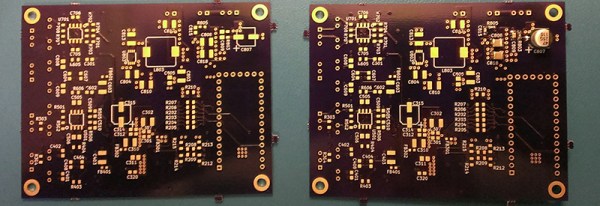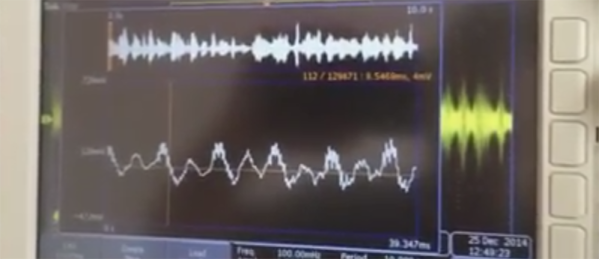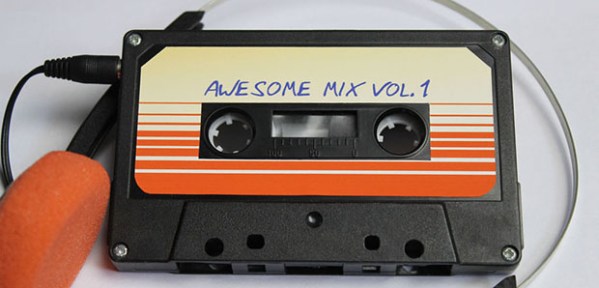MP3 took off in the late 90s as the digital music format. It then proceeded to slaughter the CD, and launch the file sharing revolution as well. It’s a proud format that has roots stretching all the way back to the early 1980s, when the possibility of sending music over ISDN lines was first considered. Now the patents on it are beginning to expire and its licencing program has been terminated.
The MP3 standard was the property of Fraunhofer IIS, and the original licencing model was intended such that encoders would be expensive, and decoders relatively inexpensive. This would allow people to buy software to listen to MP3s cheaply, but the creation of MP3s would be expensive, and thus handled by studios and music labels. This all changed when a high-quality MP3 encoder was leaked to the public, and suddenly it became possible to readily convert your CDs at home into the MP3 format.
One hangover of this ownership of the MP3 standard was that when you installed certain FOSS software, such as Audacity or a Linux distro, you would find that you had to go and do some legwork to find an MP3 codec. That was because it wasn’t worth the legal trouble for the FOSS authors to arrange a workaround, and trading in proprietary software is the antithesis to everything they stand for.
However, now that more of the relevant patents are expiring, you can now expect MP3 support to be baked into more software. It may be more than a little late, with more advanced audio formats beginning to take over, but it’s great to know that Fedora, for one, is starting to include MP3 support with their releases.
If you’d like to read more about the history of the MP3, check out this great article from NPR. Fraunhofer have their own great history site, too. If all this talk of advanced audio formats has gotten you excited, check out this MP3 decoder written for the ESP8266.
[Thanks to Tim Trzepacz for the tip!]










![Image is © aliceazzo [http://aliceazzo.deviantart.com/].](https://hackaday.com/wp-content/uploads/2014/10/9132521412537668507.jpg?w=300)











